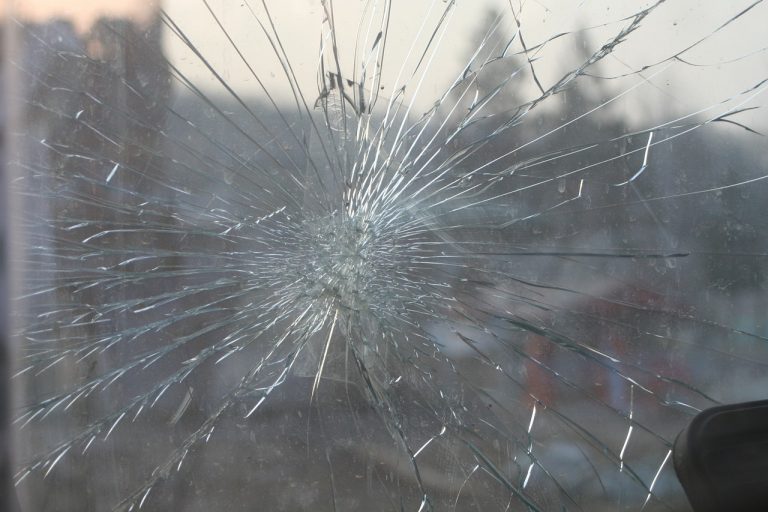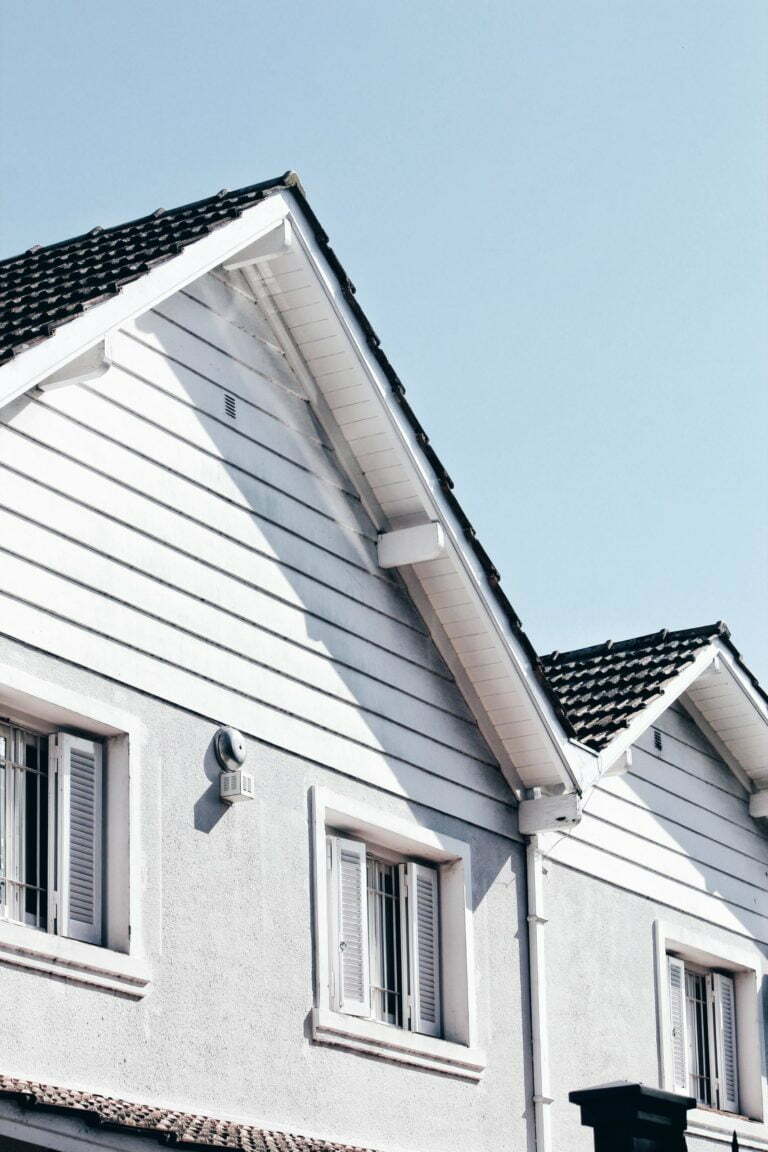Every year, as many as 12 million children between the ages of 3 and 11 will get lice. Lice are insidious parasites that can spread easily. Once lice have been contracted it can be very difficult to break the cycle and become lice-free. This is why there are some extremely important steps to take right away if you suspect your child has lice.
Professional Treatment
When your child catches lice they will begin laying eggs, or nits, in your child’s hair. Each female can produce as many as 6 nits daily. Lice often go unnoticed until the infected person starts scratching, and the itchiness may not set in for up to 6 weeks, which means that by the time lice is detected an infected child may have hundreds of nits in their hair. Killing the lice and effectively breaking the cycle begins with ensuring that all of the lice and every single nit have been removed, which is one of the reasons turning to lice removal professionals, such as those at the lice treatment center in Waldwick, NJ, is important. They have the tools needed to remove nits and lice effectively. Their staff are also trained to ensure that every single strand of hair is checked so that you can be certain that your child is lice free when you leave. It’s a good idea to investigate both long-term and short-term health insurance options, since your child’s treatment may be covered.
Cleaning the Exposed Environment
When infected, a person can leave lice on non-living surfaces, such as furniture and hair brushes. If your child has lice then anywhere they’ve been is at risk of having lice present. This means that treating your child may be insufficient to stop an outbreak. Your child may have left lice behind when they sat on the couch or played on the carpet, and anyone who comes in contact with infected surfaces or items can get lice. You should ensure that any areas suspected of infection aren’t accessed by others. Everything needs to be thoroughly cleaned. Make sure you make a detailed list of all possible exposed items and areas, such as vehicles, bedrooms and outdoor play areas. Clothes worn by a person when infected should be washed with hot water. You should also wash any bedding your child may have come in contact with. Vacuuming can help remove lice and any hair follicles with nits attached and it’s crucial that you thoroughly vacuum any area you suspect has been exposed. You can also purchase special sprays to help kill lice.
Waiting Out The Life Cycle
No matter how thoroughly you clean, you may be concerned that you missed something. You may also be concerned about small items, such as hairbrushes, that could be infected. These smaller items can be sealed in an airtight bag so that any lice present are contained. You should also store all clothing your child was wearing in an airtight container or bag until you can wash it. Make sure they put on clean, uninfected clothing as soon as they have been treated. After 24 hours, lice will begin to die without a human host. To ensure that the life cycle is broken you should try to prevent contact with infected items or areas for at least 3 days. Ideally, you can combine professional treatment with thorough cleaning, washing and a quarantine of infected areas and items for 72 hours so that you can be certain that your child isn’t reinfected.
Prevent Reinfestation
Lice can easily move from one person to another through direct contact, such as through a hug. They can also be transferred through indirect contact through pillows, clothes, hairbrushes and other items. This is why it is important to try to identify where your child was exposed to lice and make sure that anyone else who’s been exposed is informed as soon as possible. After you have your child treated for lice and thoroughly clean and isolate infected areas for a few days you do not want them to return to school or daycare and become reinfected. Contact any potential sources or sites of exposure to ensure that they can take appropriate measures by alerting other parents so that when your child returns you can be confident that they will return to a clean, lice-free environment.





